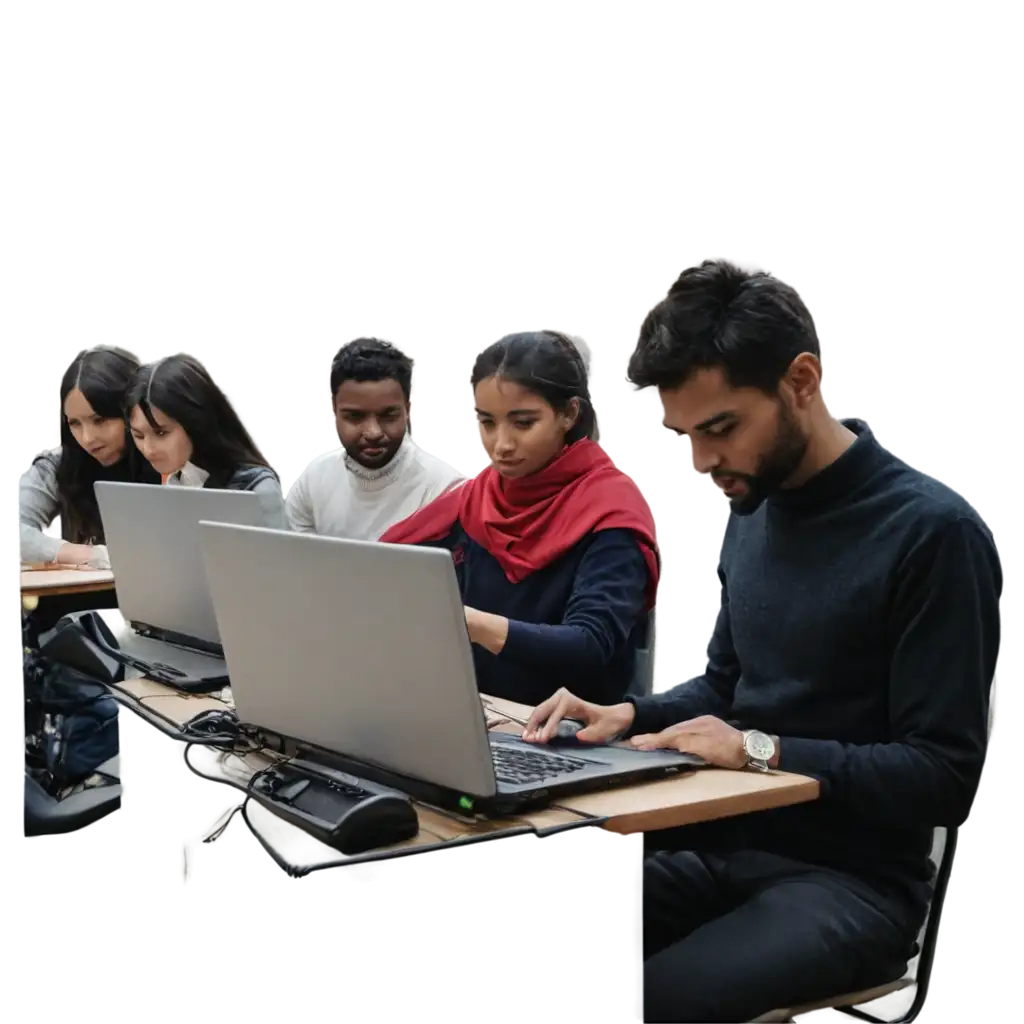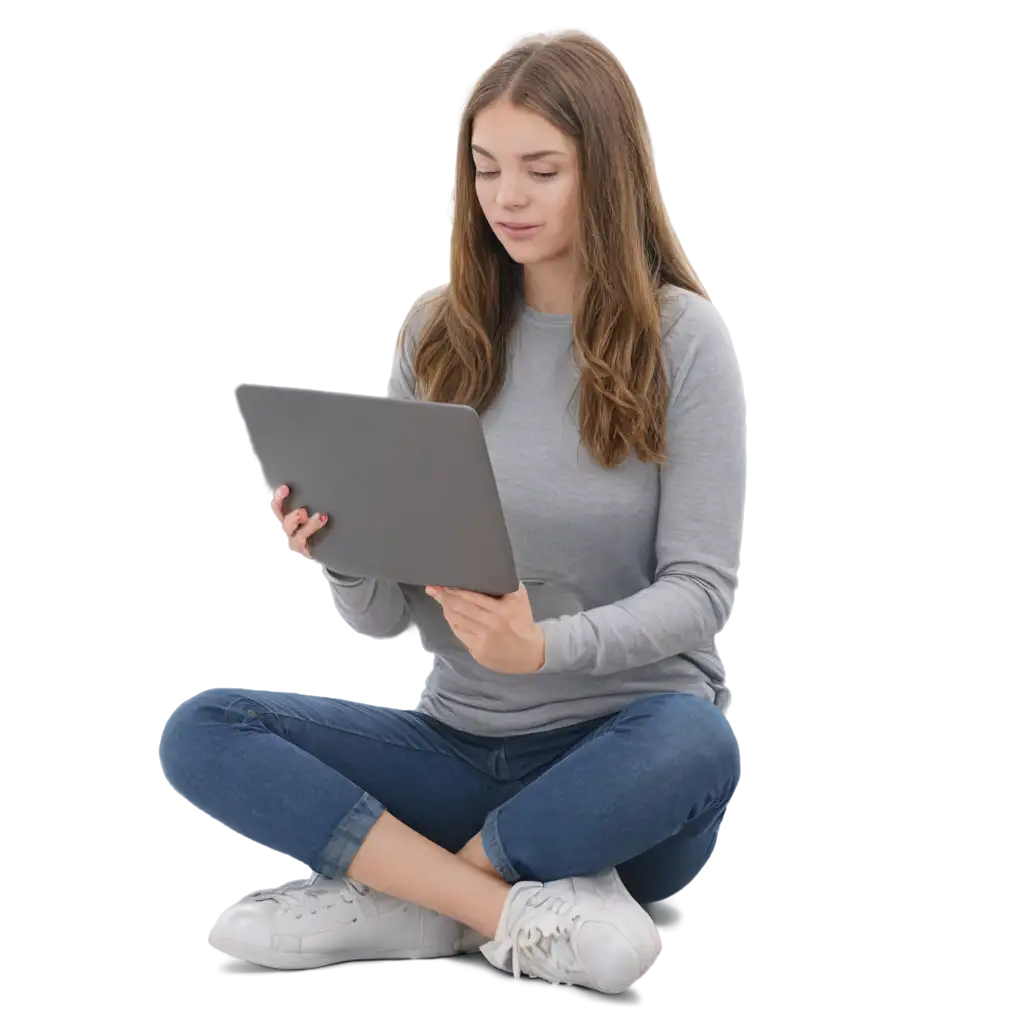11 Free Remote learning transparent PNG images
Explore our comprehensive Remote Learning image collection, featuring 11 free AI-generated images that capture the essence of digital education. Browse through our diverse selection of stock photos, 3D objects, vectors, and illustrations depicting virtual classrooms, online teaching tools, and digital learning environments. Each high-resolution image is available for free download, and you can utilize our 'open in editor' feature to customize prompts and regenerate images that perfectly match your educational content needs.











Related Tags
Remote learning imagery encompasses a wide range of visual elements that represent the digital transformation of education. Key components include virtual classrooms, video conferencing interfaces, digital whiteboards, and online collaboration tools. Modern remote learning visuals often feature students engaging with tablets or laptops, teachers conducting virtual sessions, and interactive learning platforms. These images commonly incorporate technological elements such as chat boxes, progress bars, and digital assessment tools, reflecting the essential role of technology in contemporary education. The visual language of remote learning has evolved to include both realistic depictions of digital learning environments and abstract representations of knowledge transfer in virtual spaces.
Understanding Remote Learning Visual Elements and Technology Integration
Contemporary remote learning imagery follows several distinct design trends that enhance visual appeal while maintaining functionality. Minimalist designs with clean lines and uncluttered layouts help focus attention on key learning elements. Color schemes often feature calming blues and greens, complemented by energetic accent colors to maintain engagement. Illustrations frequently incorporate isometric perspectives for complex concepts, while flat design elements are used for user interface components. Popular visual elements include floating screens, connected devices, and abstract representations of data flow. These design choices reflect the need to create welcoming, accessible, and professional virtual learning environments that reduce screen fatigue and promote student engagement.
Design Trends in Remote Learning Imagery: From Minimalism to Engaging Interactions
Remote learning visuals serve multiple purposes across various educational contexts. E-learning platforms utilize these images to create engaging course materials and intuitive user interfaces. Educational institutions incorporate them into their distance learning materials, online course catalogs, and virtual campus tours. Corporate training programs leverage these visuals for employee onboarding and professional development modules. Content creators and educational technology companies use them in marketing materials, product demonstrations, and user guides. These images also play a crucial role in illustrating best practices for online teaching methodologies, student engagement strategies, and digital classroom management techniques.
Applications and Use Cases for Remote Learning Visuals
The future of remote learning imagery is being shaped by emerging technologies and evolving educational needs. Augmented reality (AR) and virtual reality (VR) elements are increasingly incorporated into visual representations, showcasing immersive learning experiences. AI-generated images are becoming more sophisticated, capable of depicting complex educational scenarios and personalized learning journeys. Visual trends are moving towards more diverse and inclusive representations of students and teachers, adaptive learning environments, and gamified educational experiences. Future developments will likely include more interactive and customizable visual elements, real-time collaboration features, and integration with emerging educational technologies.
Future Trends: AI-Enhanced Remote Learning Visualization